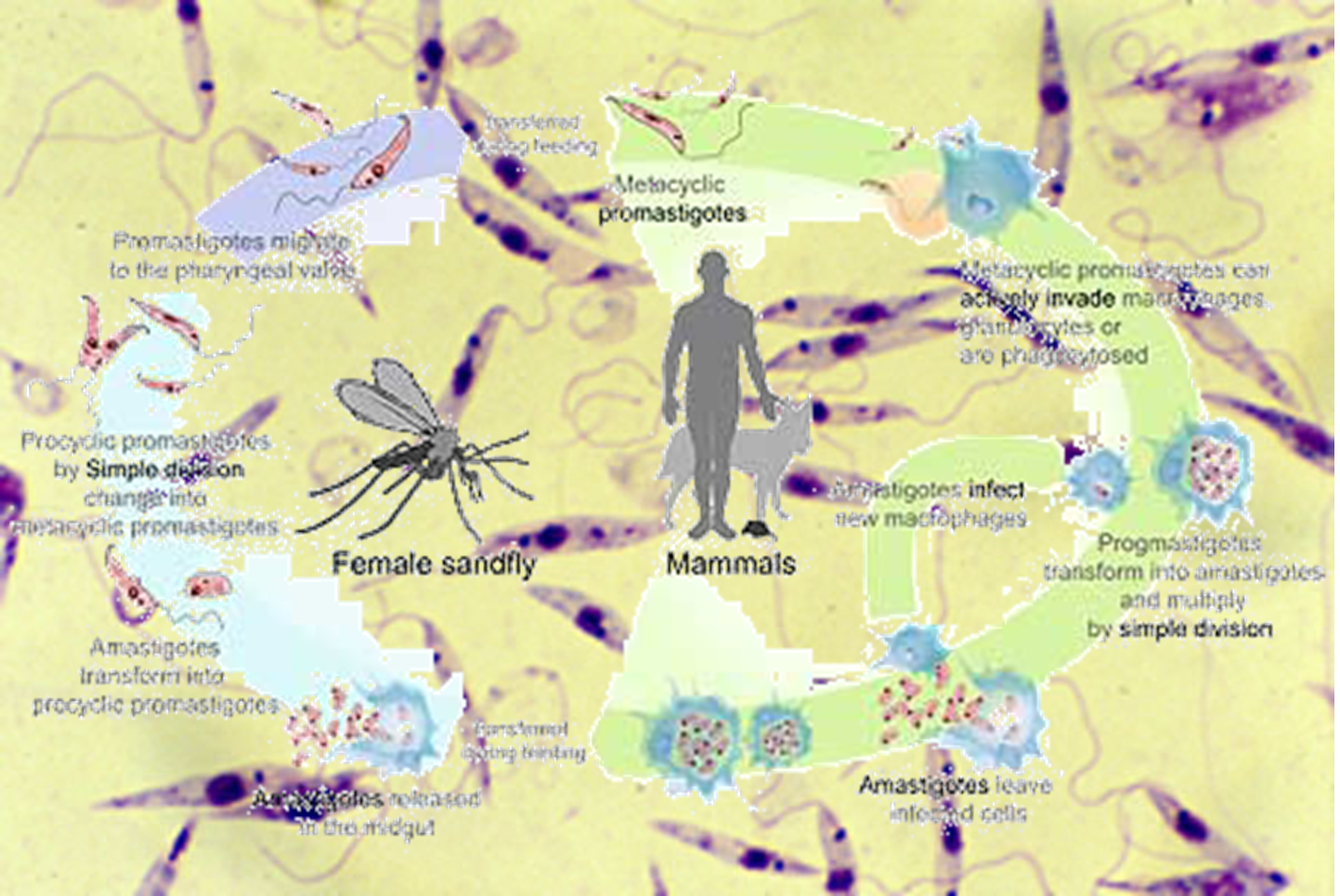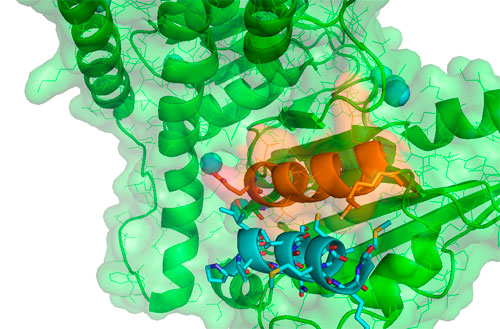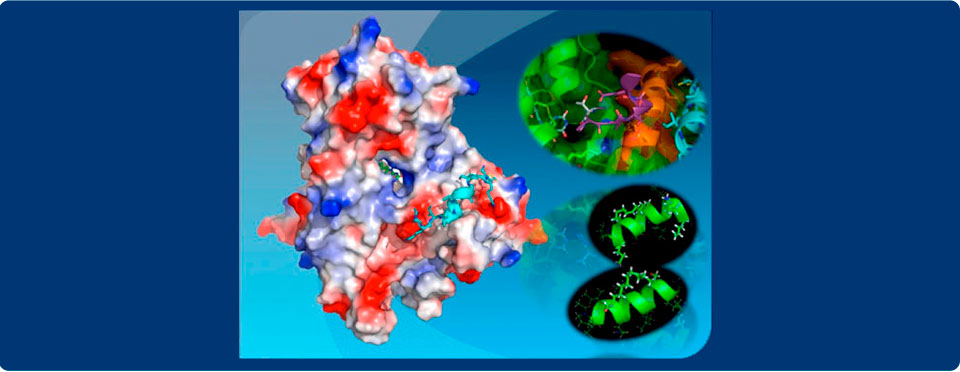INHIBITORS OF THE REPLICATION OF LEISHMANIA

Leishmaniasis, one of the most relevant neglected diseases, represents a major health problem in tropical and subtropical countries. . The manifestation of this disease can be cutaneous, diffuse cutaneous, mucocutaneous or visceral. The arsenal of available drugs to fight leishmaniasis is very limited, and suffers from limited efficacy and significant side effects. Therefore there is an urgent need for the development of new antileishmanial agents.
We have very recently described the antiparasitic activity of two series of tritylthymidines against L. infantum axenic promastigotes and amastigotes. The assays performed to characterize the parasite cell death strongly point to the mitochondrial nuclease LiEndoG as a target for the action of this family of compounds. Both the structure of the compounds and the putative target pave the way towards new antileishmanial compounds.

Inhibition of Trypanothione Reductase of Leishmania
Trypanothione Reductase (TryR) is an attractive therapeutic target already validated in the chemotherapy of trypanosomatid infections.
Based on the fact that the biologically active form of the enzyme is an homodimer, we have proposed an innovative approach to inhibit this enzyme that consists on the design of molecules that may interfere with the association protein-protein process of the homodimer. This may represent a new mechanism of inhibition of the enzyme, unexplored so far, distinct and alternative to those described.
Relevant publications:
-
2014 - Rico, E.; Oliva Correia, C.; Alzate, J. F.; Genes, C. M.; Moreno, D.; Casanova, E.; Pérez-Pérez, M. J.; Camarasa, M. J.; Clos, J.; Gago, F.; Jiménez-Ruiz, A.
Leishmanina infantum EndoG is an endo/exo-nuclease essential for parasite survival. PLOS ONE, 9 (2), e89526
-
2013 - Toro, M. A.; Sánchez-Murcia, P. A.; Moreno, D.; Ruiz-Santaquiteria, M.; Alzate, J. F.;
Negri, A.; Camarasa, M. J.; Gago, F.; Velázquez, S.; Jiménez-Ruiz, A.
Probing the dimerization interface of Leishmania infantum trypanothione reductase with site-directed mutagenesis and short peptides. ChemBioChem, 2013, 2013, 14, 1212-1217
-
2013 - Casanova, E.; Moreno, D.; Gigante, A.; Rico, E.; Genes, C. M.; Oliva, C.; Camarasa, M. J.; Gago, F.; Jiménez-Ruiz, A.; Pérez-Pérez, M. J.
5´-Trityl substituted thymidine derivatives as a novel class of antileishmanial agents: Leishmania infantum EndoG as a potential target. ChemMedChem, 2013, 8, 1161-1174

